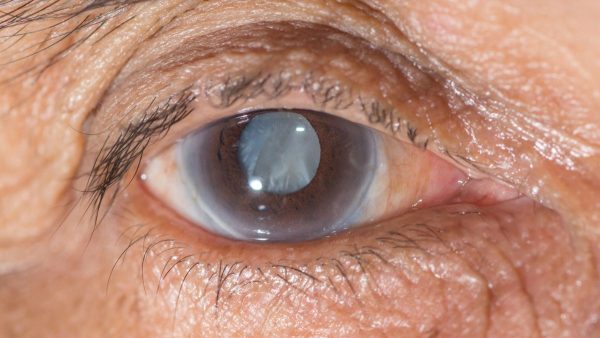What age do cataracts usually start?

Cataracts are a common eye condition, leading to decreased vision as the eye’s natural lens becomes cloudy. This condition is more than just a visual nuisance; it’s a significant barrier to a quality life. Understanding its onset is crucial for early detection and management.
Typical ages
Cataracts primarily affect older adults, but the groundwork can begin as early as 40 years old. However, the symptoms and the need for treatment typically become more apparent later in life, usually by age 60. It’s a gradual process, where initial subtle changes in vision may not immediately signal the presence of cataracts. These changes can include slightly blurred vision, glare difficulty, and gradually dulling colors.
No matter your age, you should regularly visit the eye doctor. Once you reach the threshold where cataracts become an issue, this visit is even more critical because your optician can help mitigate the problems associated with cataracts.
Risk factors
Beyond aging, other factors contribute to the development of cataracts, including genetics, lifestyle choices such as smoking, excessive alcohol consumption, and prolonged exposure to UV light. Health conditions such as diabetes also play a significant role. Understanding these aspects can aid in prevention and early detection strategies.
Prevention
Preventive measures can delay the onset or progression of cataracts. Wearing sunglasses to protect eyes from UV rays, maintaining a healthy diet rich in antioxidants, and avoiding smoking can make a difference. Regular eye examinations are crucial to detect cataracts and other eye conditions early on.
When to seek treatment
When cataracts begin to interfere significantly with daily activities, cataract surgery, which involves replacing the cloudy lens with an artificial one, is a highly effective treatment option. It is one of the most common and safe procedures performed worldwide.
While cataracts are often associated with aging, their onset can vary widely. Adopting preventive measures and undergoing regular eye exams can help manage the risk. If you’re experiencing changes in your vision, consulting with an eye care professional is vital to maintaining clear vision and quality of life.
